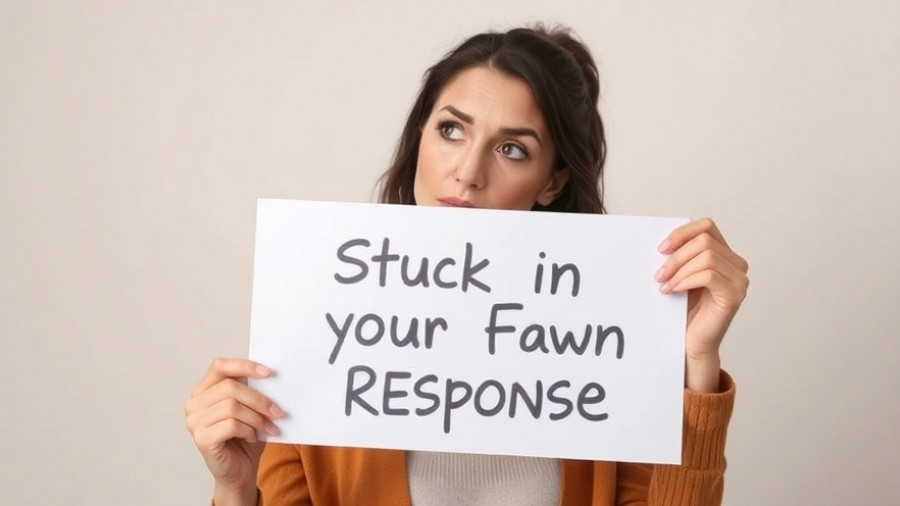
The Controversial Debate: Vaping as a Gateway to Smoking
The rise in vaping among teens has sparked a debate among parents, educators, and healthcare professionals regarding its role as a potential gateway to smoking. As e-cigarettes become increasingly popular, concerns have grown about whether their use leads to traditional cigarette smoking during adolescence, a crucial time for developing health habits. This discussion mirrors age-old debates surrounding substances like cannabis and alcohol, where similar ‘gateway’ hypotheses have emerged.
Understanding the Gateway Hypothesis
The gateway hypothesis posits that the use of less harmful substances, like e-cigarettes, can lead to experimentation with more harmful products, such as traditional cigarettes. Historically, this idea has been contested; studies now suggest alternative explanations. The common liability theory suggests that individuals who vape and smoke may share underlying traits. Genetic predispositions towards risk-taking behaviors could connect vaping and smoking, rather than the former directly causing the latter.
The Evidence Behind Vaping and Smoking
Recent research, including a comprehensive umbrella review, analyzed 56 studies focusing primarily on youth vaping and its potential outcomes, including smoking initiation. Findings indicate an observable correlation between early vaping and smoking in later years, but the causality remains unclear. This ambiguity arises from concerns regarding confounding factors that might play significant roles in both behaviors.
The Role of Peer Influence and Social Context
Peer influence and environmental factors notably affect youth decisions to vape. Studies reveal youth are more likely to use e-cigarettes if their friends or family do, suggesting that social behaviors significantly contribute to vaping and smoking initiation. Understanding these social dynamics is crucial for parents and teachers as they navigate conversations with adolescents about substance use.
Potential Health Risks of Vaping
While the immediate risks associated with e-cigarettes appear lower than traditional cigarettes, vaping still presents multiple health concerns. Usage among teens has been linked to mental health issues such as anxiety, depression, and suicidality. For adolescents, who are particularly vulnerable to the effects of nicotine on developing brains, advocating for healthy habits and understanding the risks of vaping is critical.
Addressing Misconceptions Around Vaping
It’s essential to clarify that, despite the belief among some young users that vaping is harmless, most e-liquids contain nicotine. This critical information is often lost amid the colorful marketing and appealing flavors, leading many teens to underestimate the addictive potential of vaping. Parents and health educators must work to provide direct information to counteract misinformation circulating in peer groups and online.
Engaging Youth in Meaningful Dialogue
Open conversations between adults and youth about vaping and its risks can help mitigate potential issues. Providing relatable examples and emphasizing the shared responsibility in tackling this health concern can encourage adolescents to make informed choices. Education plays a pivotal role in shaping adolescent perceptions and behaviors around substance use.
Future Directions for Research and Policy
As the vaping phenomenon continues to evolve, ongoing research is crucial for understanding its long-term effects. For policymakers, establishing regulations on marketing and accessibility for youth can help prevent the normalization of vaping behavior among adolescents. Collaborative efforts between healthcare providers, educators, and families can strengthen community resilience against substance use.
Conclusion: The Imperative of Awareness
Awareness and education are key components in addressing the complex issue of adolescent vaping and its potential implications for smoking initiation. By fostering open dialogues and providing comprehensive education, society can better equip youth to make healthier choices, ultimately reducing the stigma surrounding mental health and substance use.
Call to Action: Engaging your teen in discussions about vaping and smoking is essential. Equip them with accurate information to help them navigate their choices, and discuss the potential impacts these habits can have on their future. Together, we can nurture healthier next generations.
 Add Row
Add Row  Add
Add 




Write A Comment